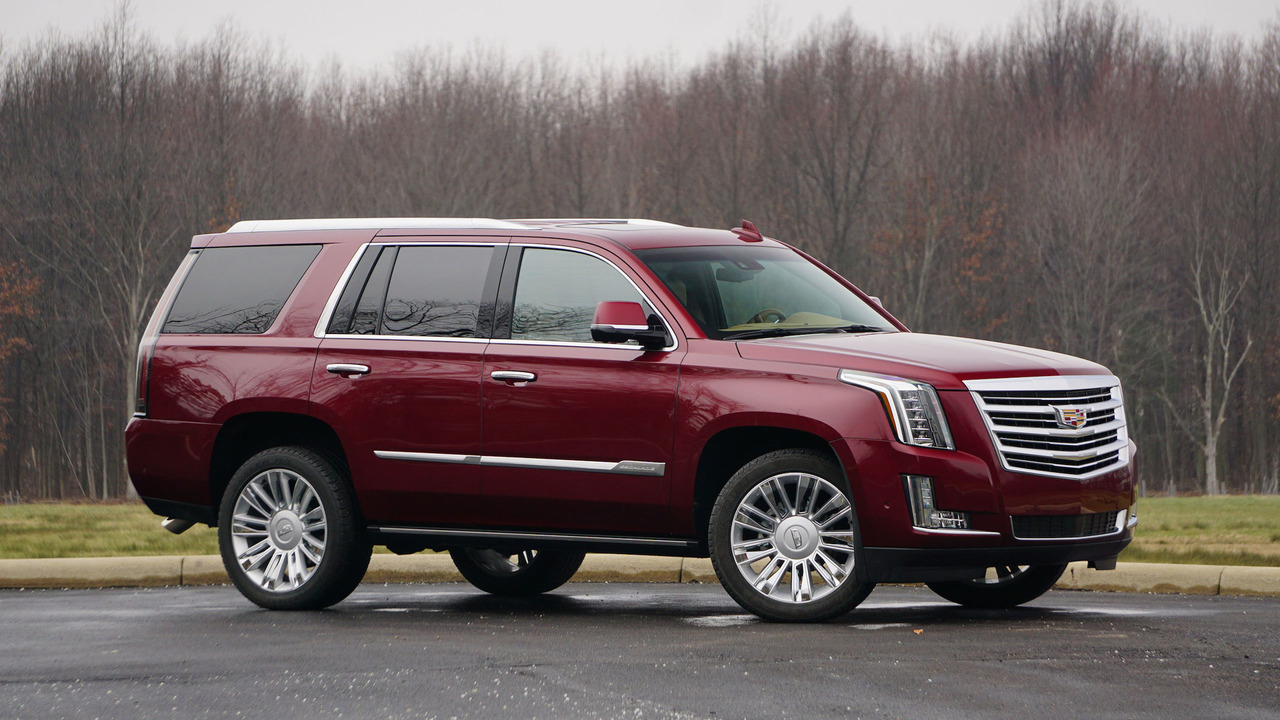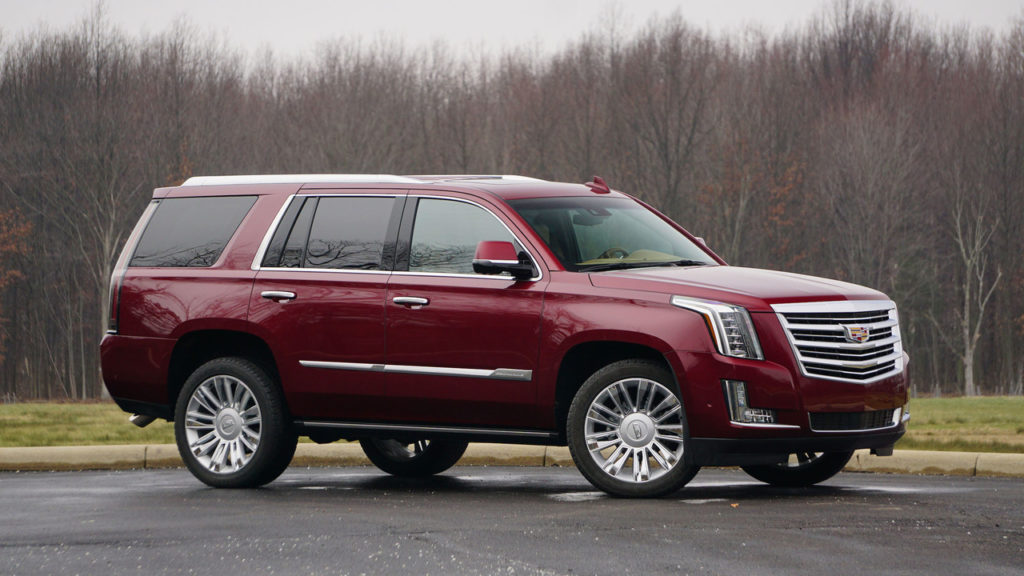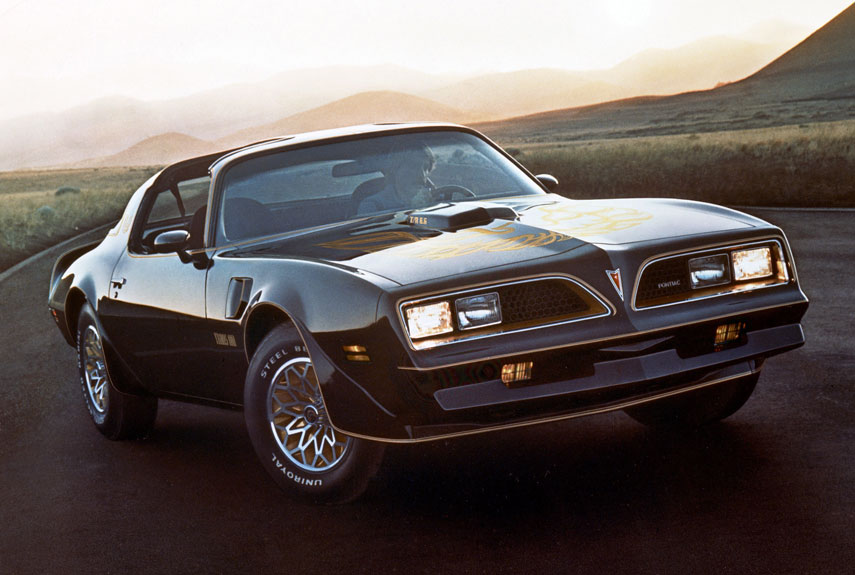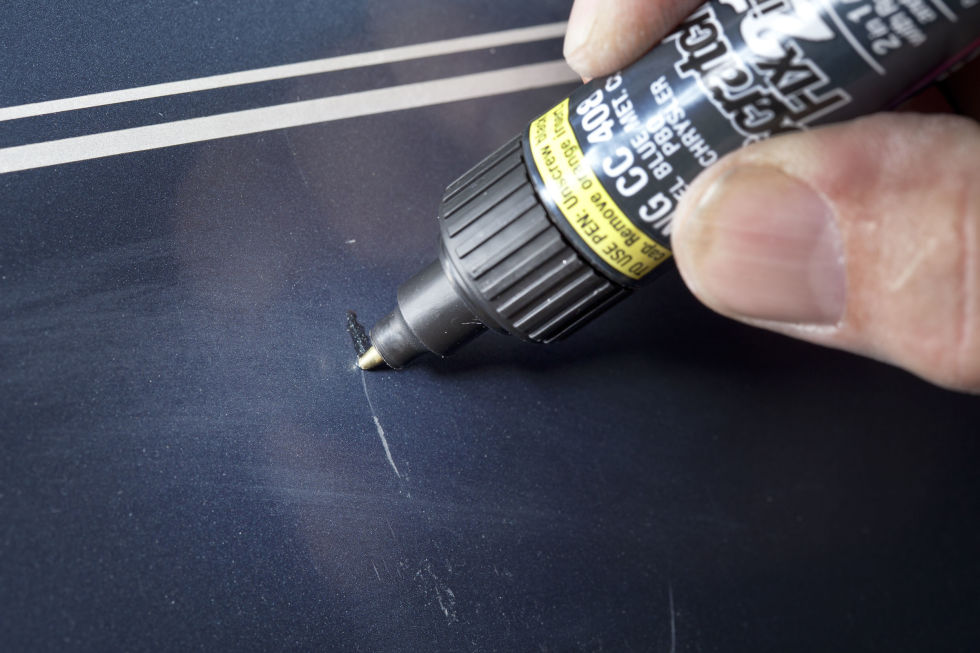V-16 Power

In the 1920s, cars were getting bigger and heavier and, as a result, they needed more powerful engines. The problem at that time, was that the only reliable way to produce more power from an internal combustion engine was to increase the engine displacement. Higher RPMs wasn’t an option because the metallurgy and dynamic balancing of internal parts wasn’t nearly as advanced as it is today. In fact, 4,000 rpm was a redline speed for most engines of the time. Increasing cylinder compression ratios was also impractical because back in the twenties, the development of leaded gasoline hadn’t occurred yet. This limited the maximum compression ratio of contemporary engines to approximately 5:1 or so. Thus began Detroit’s drive to make engines with more cylinder displacement.
Bigger is not always better
The simple way to make engines displace more is to make the pistons bigger. But, there was a problem when you did that. As the displacement of each cylinder grows, so too does its potential for vibration. Here’s why: Each cylinder in a four-stroke engine fires only once every 2 rotations of the crankshaft and the cylinders do not fire at the same time. The result is that the power stroke of each cylinder pushes the block engine in a different direction. Depending on how the cylinders are arranged, those forces cause the engine to shake. The bigger the cylinders, the greater the forces generated by each power stroke, and the greater the resultant shaking.
More pistons
The ideal solution was to add more cylinders, generating a large total displacement, but keeping each individual cylinder relatively small. This accomplishes 2 things. First, you’ve got the big displacement you want for more engine power. Second, adding more cylinders also increases the frequency of the power strokes, which serves to damp the vibration of the engine. All else being equal, a V-8 engine is smoother than a four and a V-12 is smoother than an V-8. So, most of the car manufacturers initiated multi-cylinder engine designs for their bigger cars.
Cadillac leads the way
Quite a few of the manufacturers started work on V-12 engines but Cadillac, in secret, started work on a V-16 engine. The Cadillac V-16 was essentially two straight-eight engines sharing a common crankshaft. Since each cylinder fires once every 720 degree of crank rotation, the 45-degree angle between the cylinder banks gave even firing intervals. Its bore and stroke were modest, 3 inches and 4 inches, respectively. The overall overall displacement of was a whopping 452 cubic inches which was one of the largest engines of the day. Unlike conventional V-8 engines, most of which were flathead designs, the Cadillac V-16 had overhead valves and used hydraulic valve lifters to eliminate valve clatter. The result was an engine that ran as smooth as silk.
Leaded Gasoline and the Great Depression
The Cadillac V-16 was introduced in 1930 and production continued until 1938. By the late 1930s, 12 and 16 cylinder engines were becoming extinct. Two things contributed to the demise of these massive motor. First, Tetraethyl leaded gasoline was introduced in the early 1930s but it wasn’t for several years that it reached wide distribution. This “leaded gas” allowed higher compression ratios so more power was available from smaller engines. The second factor was purely economic. The Cadillac V16-powered cars and others were the top-of-the-line models. The Great Recession hit in the late 1920s and the demand for ultra-luxury cars sagged severely.
Chrysler gets involved
Want to stop a car guy (or girl) in their tracks. Mention the existence of a “V-16 Hemi.” Yes, there was such a thing – six of them, in fact. Button of Kokomo, a Chrysler, Dodge, Jeep, Ram dealer in Kokomo, IL, told us the story. During WWII, Chrysler was given a grant to develop an internal combustion engine that developed 2500 HP for aircraft use. Called the XIV-2220, this monster of an engine was built and tested near the end of the war. It was over 10 feet long! However the XIV-2220 never went into production. It was a fine engine, well designed, but by early 1945 the war just about to end, and a parallel design process various other companies were developing the turbo-jet engine.





